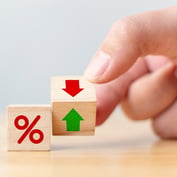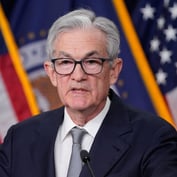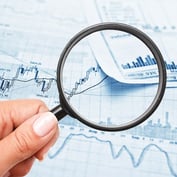Jan. 5 , 2004 — Funds that invest in high-yield bonds ended the fourth quarter of 2003 and the year on an upbeat note.
Helped by the economic recovery, the average junk bond fund returned 5.2% between October and December, and 23.2% for the full year, according to data from Standard & Poor’s.
“In general, the high-yield market today remains very, very healthy,” said Matthew Freund, who manages the USAA Mutual Fund:High Yield Opportunities (USHYX).
The improving economy enabled companies to reduce debts, thus bolstering their credit ratings and giving investors confidence that junk bonds would get paid off.
Default rates on the securities fell to about 5% last year from nearly 10% in August 2002, and are expected to continue declining in 2004, industry observers said.
Junk bonds also got a boost because low interest rates made competing fixed-income investments look less appealing by comparison, money managers said.
“On the mutual fund side, clearly there were folks saying, well, look, I’m not earning enough on my money market or my short-term bond funds, so I have to extend down the risk scale,” said Freund.








 January 07, 2004 at 07:00 PM
January 07, 2004 at 07:00 PM










